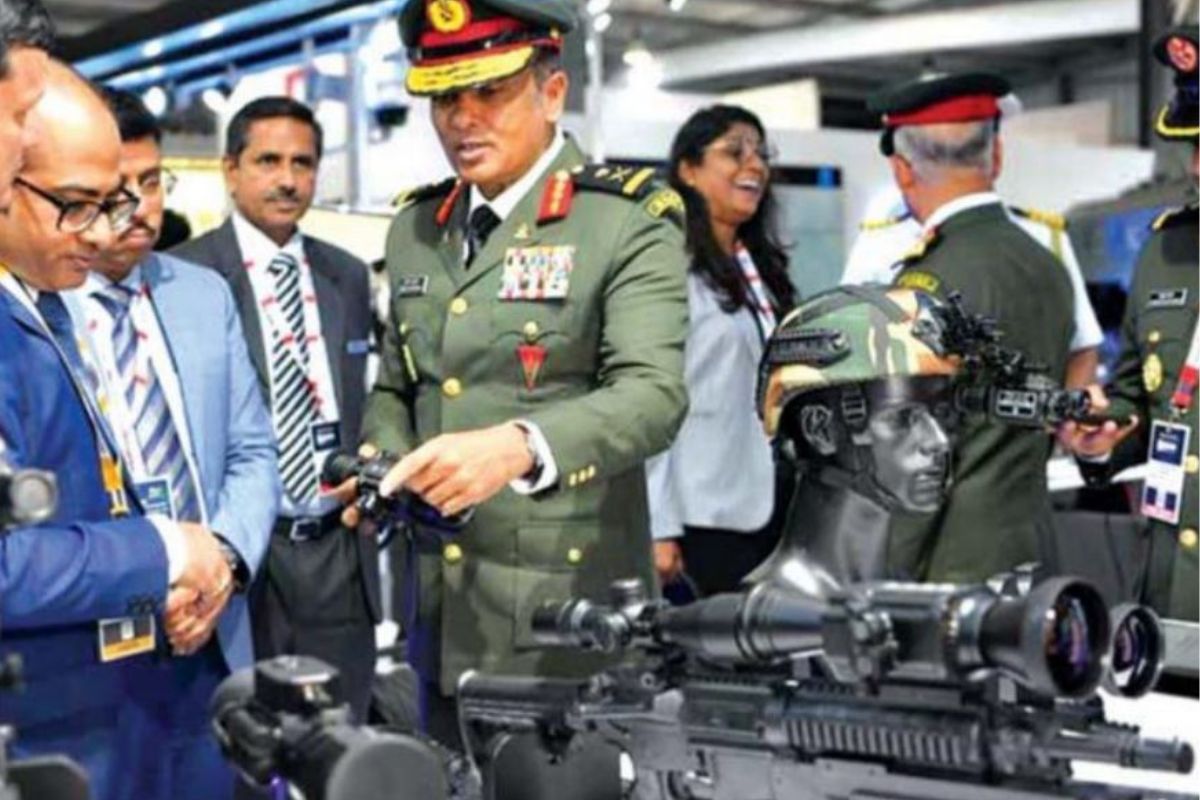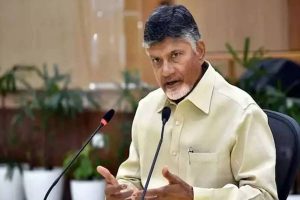The 12th edition of the Defence Expo, inaugurated by the Prime Minister, was held in Gandhinagar, Ahmedabad, last week. It was originally scheduled to be conducted in March but was postponed almost at the last moment due to unexplained ‘logistic problems.’
These arose post an online Quad head-of-state meeting, even while global companies were establishing their stalls at the expo venue. All participants were forced to bear a loss, but none complained as India is a promising market.
Advertisement
The original expo schedule coincided with the Russian invasion of Ukraine and the imposition of sanctions by the US and its European allies. Western governments threatened to boycott the expo in case Russian establishments were permitted to participate, forcing the Indian government to take immediate remedial measures. The sudden postponement impacted the nation’s reputation, as genuine reasons were never mentioned.
A similar scenario of boycott could have emerged this time too as India cannot block the participation of Russian companies, either due to dependency or bilateral ties. India’s diplomatic stance of neutrality would also come under question as it was providing a platform for Russian defence corporations. It was to avoid this embarrassment that the government created the unique concept of designating the current 12th def expo exclusively for Indian companies.
This implied that participation was limited to Indian companies, Indian subsidiaries of foreign OEMs (Original Equipment Manufacturers), divisions of companies registered in India and joint ventures. Many Indian organizations including Brahmos and HAL have tie-ups with Russia but remain Indian entities and thus displayed IndoRussian collaborated products. Defence expos are major events conducted in multiple countries. The last few editions in India have been a success due to its large international presence.
The wider the participation the greater the image of the nation as companies attend only where they hope to garner a market. Solely domestic industry participation, still at the fledging level, may be ideal for internal political dynamics, but not for India’s global reputation especially when its leadership talks of ‘make in India, make for the world.’
A similar scenario may emerge with the aero-India exhibition scheduled in Bengaluru in February 2023. Def expos are also venues where foreign entities study local start-ups and seek tie-ups, an aspect which may have been restricted this year. Representatives of global concerns have attended, however, with their stalls missing and deals unlikely. The top hierarchy was not present. Globally this expo had little value.
To cover their failure in being unable to permit global participation, the organizers themed the expo as ‘Path to Pride,’ aimed at achieving ‘Aatmanirbharta’ in defence. In order to draw some global presence to regain pride, the government planned the conduct of the India-Africa Defence Dialogue, comprising 53 countries and the Indian Ocean Region plus conclave, which has a participation of 44 states at the venue of the defence expo.
A government press release mentioned that 75 countries sent their representatives for the expo, including those participating in the two meetings. The current expo had over 1,300 domestic concerns participating. The expo did have its highlights. In first, states and union territories established their stalls to woo investors, offering major benefits.
The PM announced the fourth positive indigenization list of 101 items ranging from frigates, surface-to-surface missiles and ship-borne unmanned aerial systems. The event witnessed over 450 partnerships in terms of MoUs, transfer of technology agreements and product launches, almost twice as many as the last edition. For the first time, an India Pavilion, established by the Department of Defence Production, showcased indigenous defence products, startups and the latest technology, including artificial intelligence in defence, while also highlighting India’s vision for 2047.
This was to provide inputs to representatives from global concerns for future collaboration. As was the norm, service chiefs reiterated the oft-repeated statement that they are prepared to fight future wars with indigenous products, pushing for global collaboration. There is no doubt that the domestic defence industry has displayed progress in a few spheres, mainly Electronic Warfare, communications, surveillance, artificial intelligence and drones.
Where shortfalls remain are combat support systems, aircraft engines and specific armaments, for which foreign collaboration is essential. In some cases, the dependency is almost completely on imports, while in some it is on erstwhile ordnance factories whose production quality and quantities leave much to be desired. By involving the private sector, including global collaboration, the situation can become competitive. The armed forces have established directorates solely with the intent of collaborating with industry, handholding as also supporting R and D.
These departments are provided with seed funds for financing specific developments. It was with this background that the army chief stated, “For our Make-I projects, there are 2-3 major projects we’re looking at including light tanks, Future-ready Combat Vehicles and Future Infantry Combat Vehicles. These are partially funded by the government. In the Make-II category, we’ve 43 projects, in which about 187 industries are participating, these amount to Rs 27,000 crore and largely pertain to improving our intelligence and surveillance capabilities. We are also looking at projects in artificial intelligence.”
Similar sentiments were echoed by other service chiefs. The expo highlighted the growth of the Indian defence industry. Improved quality of products on display resulting in increased orders from the MOD has been an encouragement. Simultaneously, exports have risen which has been an added incentive. What remains as shortcomings are the induction of technology and investment.
It was to push these aspects that the defence minister stated, “We are making an all-out effort to protect our domestic industry from unfair foreign competition in the domestic market.” The hint to global manufacturers was that partnering with Indian concerns and opening production facilities locally will be beneficial in case a company seeks to enter the Indian market.
The next major defence event is the aero-India 2023, scheduled for February next year in Bengaluru. It is unlikely that by then the Ukraine crisis would have ebbed. The decision on how it should play out, considering sanctions on Russia remaining in place, must be taken early. India cannot be embarrassed once again, nor can the event be restricted to local participants.











